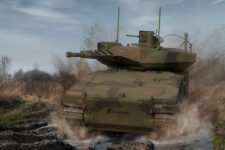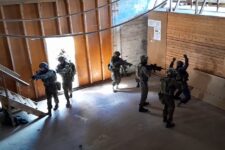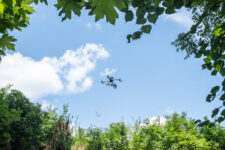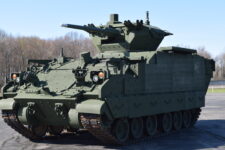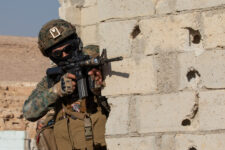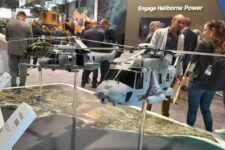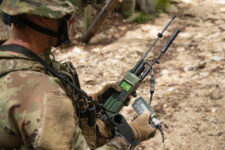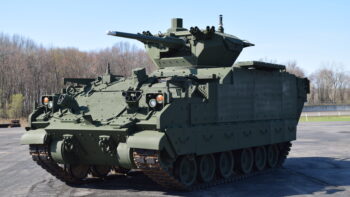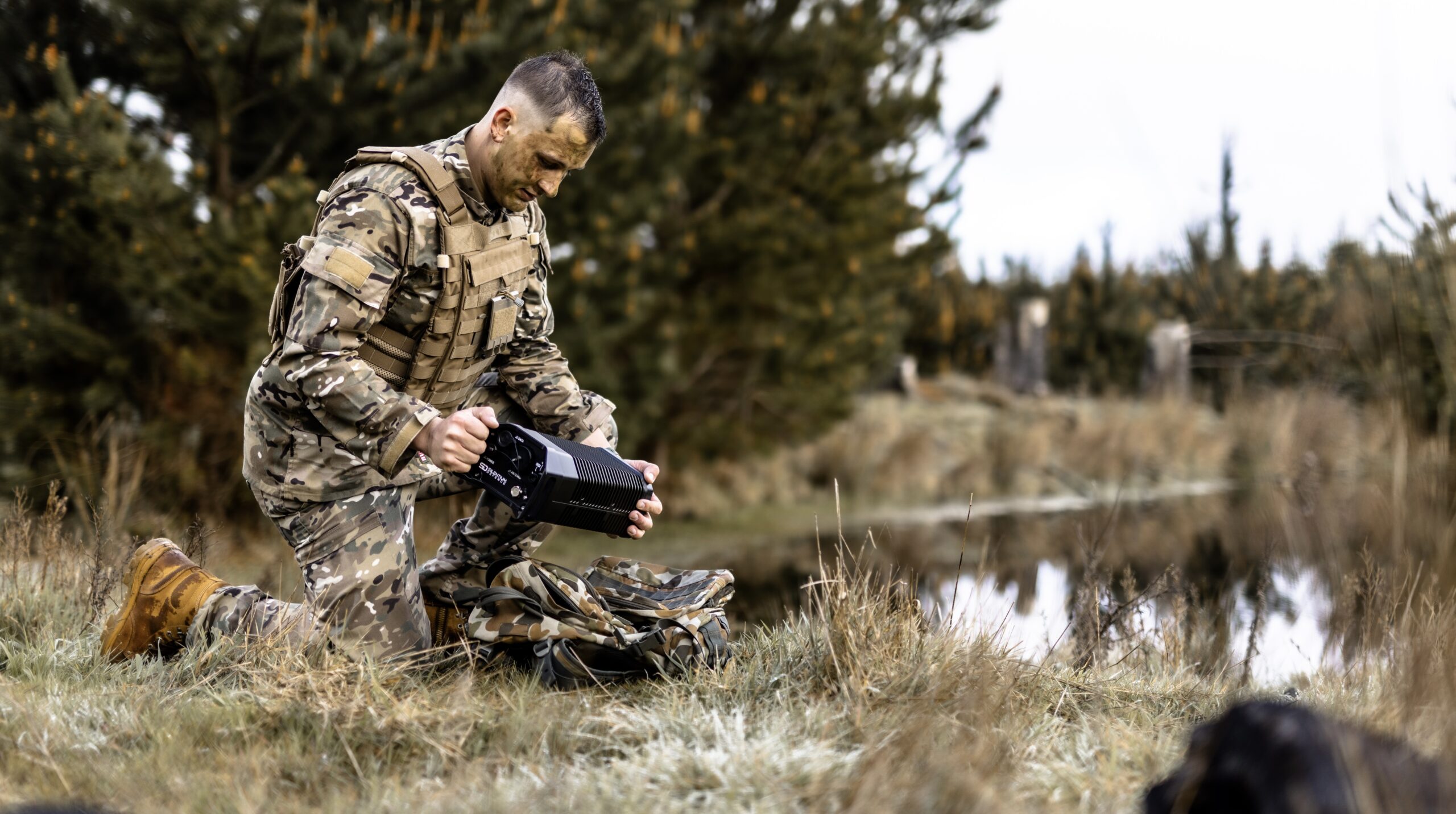
Silentium Defence Maverick M8 being deployed. (Silentium Defence)
SYDNEY — A small Australian defense company, Silentium Defence, has made its first sale in the United States, created a US company and plans to grow its workforce by almost five times in the next five years.
The company says its first US sale was of Silentium’s Maverick backpackable M8 passive radar for operational testing. While the company did not reveal the customer’s identity, Simon Palumbo, the company’s co-founder and chief technology officer, said that the company demonstrated the system at Exercise Trident Spectre in the United States. That was a US naval special warfare event held at Fort Story, Va. in May this year, implying the customer is likely from the special operations or intel community.
“Our investment in reducing our size, weight and power of our Maverick system is really capturing the attention of people over there,” Palumbo said in an interview. “The US market — across the Army, special operations and all those different customers, border protection — they have a strong demand for this type of capability.”
As for what the mystery customer will use the radar for, Palumbo suggested the M-8 system’s utility in counter-drone operations.
“The problem space at the moment is there’s no silver bullet for counter-UAS, and they’re looking for best of breed sensors to contribute to the overall solution. Our system being passive and not relying on the targets transmitting,” he said. “A lot of the targets these days, especially those seen in Ukraine, they’re not transmitting. They’re flying autonomously. They’re flying waypoints. But we don’t rely on them transmitting. We pick up their skin echoes, so we can detect them as a primary sensor. And we don’t give up our location doing it.”
Passive radar detects and tracks objects, as does active radar, but it does not emit a signal. That means it’s much harder to detect and can’t be used for counter-battery targeting, as can an active radar as the Russians have demonstrated so well.
“It’s pretty spiffy, going from a backpack to operational radar in five-and-a-half minutes, and it’s completely submersible. It can be jumped out of an aircraft,” Palumbo said, noting the system runs off of standard batteries or vehicle power.
Palumbo and some of his colleagues were at the annual Association of the US Army conference in Washington this week, hoping to meet more potential customers as they plan for their substantial expansion.
Silentium, based in Adelaide and currently with 55 employees, has found multiple uses for its low-power passive radars, pursuing contracts with Australia’s navy, army and air force, as well as as working with several large primes as subcontractors, including American behemoths Lockheed Martin and Northrop Grumman. Specifically, the company is a key supplier on Lockheed’s winning effort for the Air6500 all domain program.
“We’ve capitalized on the Australian market and are working with a trusted capability in the Australian market with the Army, Navy, Air Force, etc. So we’re looking to bridge that over into the US and really grow our capability over there and capitalize on that much larger spend by the different agencies over there,” he said hours before boarding his flight to Washington.
Australian companies rarely sell equipment to the US military. It is almost always the other way round, with many of Australia’s weapons purchased through America’s Foreign Military Sales (FMS) system.
“To see uniquely Australian-developed capability in the hands of US customers is proof we can build true sovereign advantage locally, for global export and application,” James Palmer, CEO of Silentium Defence said in the statement provided to Breaking Defense. “This is an exciting moment, not just for Silentium, but for Australia’s defense export industry.”
